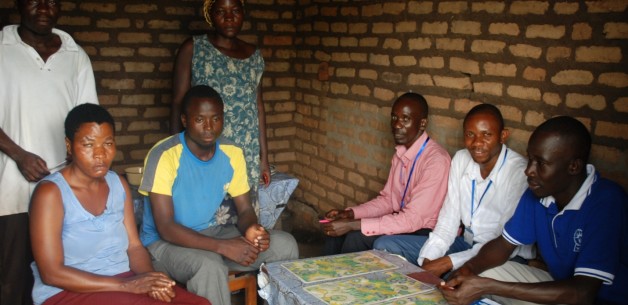The National Union of Disabled Persons of Uganda (NUDIPU) released its most recent case study on the impact of the World Bank funded Universal Post Primary Education and Training (UPPET) on persons with disabilities (PWDs) in Uganda. UPPET seeks to expand access to post primary education and improve learning conditions for up to 100,000 secondary school students in all counties in Uganda.
NUDIPU conducted site visits to two secondary schools, Karuhe and Bwera, and met with community members in Kasese district in Western Uganda to investigate the role of the World Bank in the project, how the money was being spent, and issues of accessibility and supports and services for students with disabilities. Kuruhe Secondary School and Bwera Secondary School are among the schools that received support for infrastructure development to increase enrollment, including funding for classroom completion, construction of libraries and latrines, and provision of furniture.
Before the project, there were no accessible secondary schools in the district, therefore, by making Kuruhe and Bwera, accessible, authorities hope more pupils with disabilities will be able to join secondary school education. More specifically, students with physical disabilities are more likely to benefit from this project given that much of the funding was for structural improvements such as the provision of ramps.
Despite the infrastructure being more accessible (although not fully accessible in all cases), the consultation process by the Ministry of Education and Sports (MOES) during design of the project was found inadequate. When MOES conducted a needs assessment on which schools to benefit from the programme, only school administration was consulted—meaning that students and the local community were not considered and even district engineers were not included in the design phase.
Finally, there was no representation of PWDs in the existing structures such as School Procurement and Construction Committees (SPCC) and parent teachers association in either school. Ultimately, the World Bank must systematically integrate disability into its operations so that all PWDs are able to benefit from its projects and PWDs are included in all phases of projects—from design to implementation to monitoring.
See the full case study
